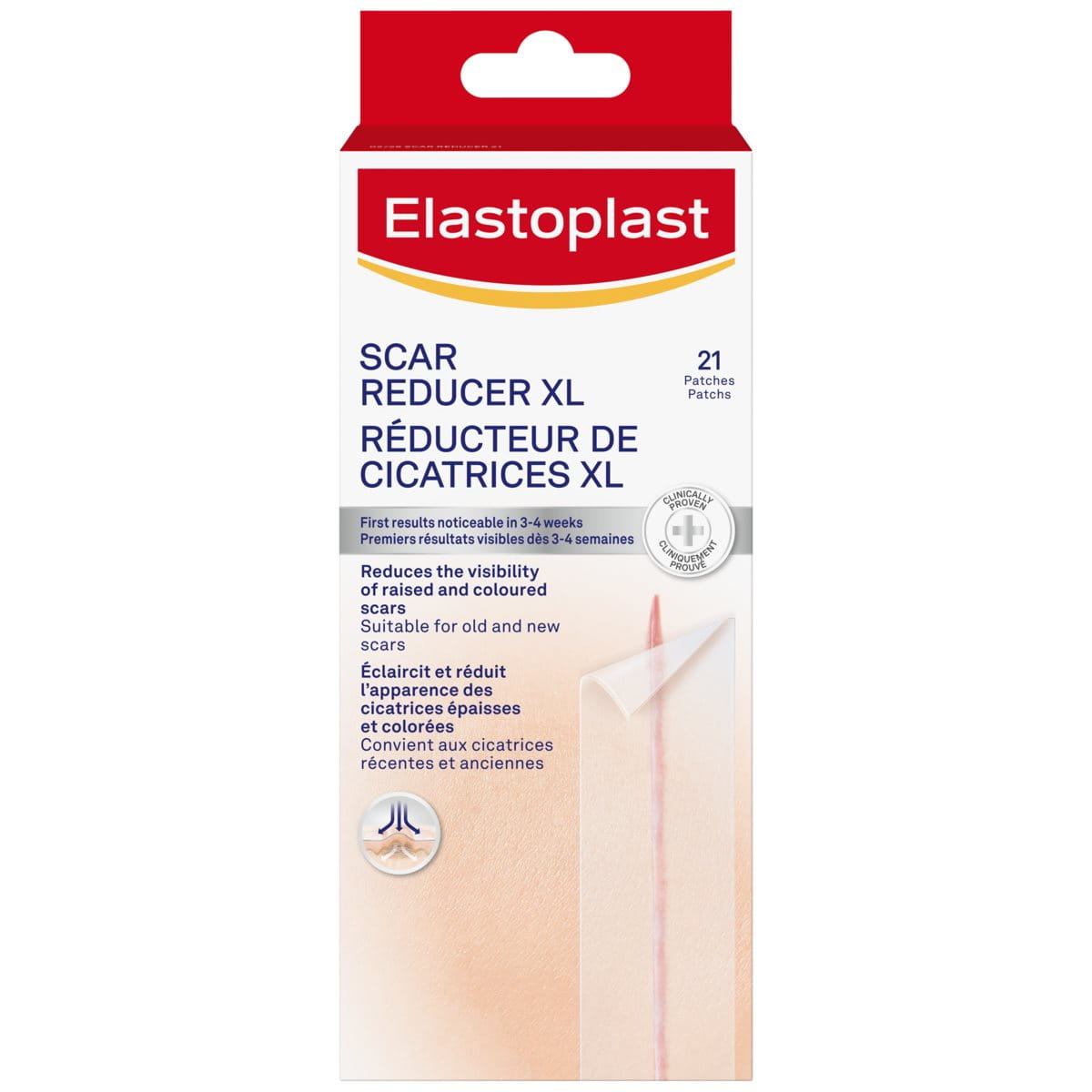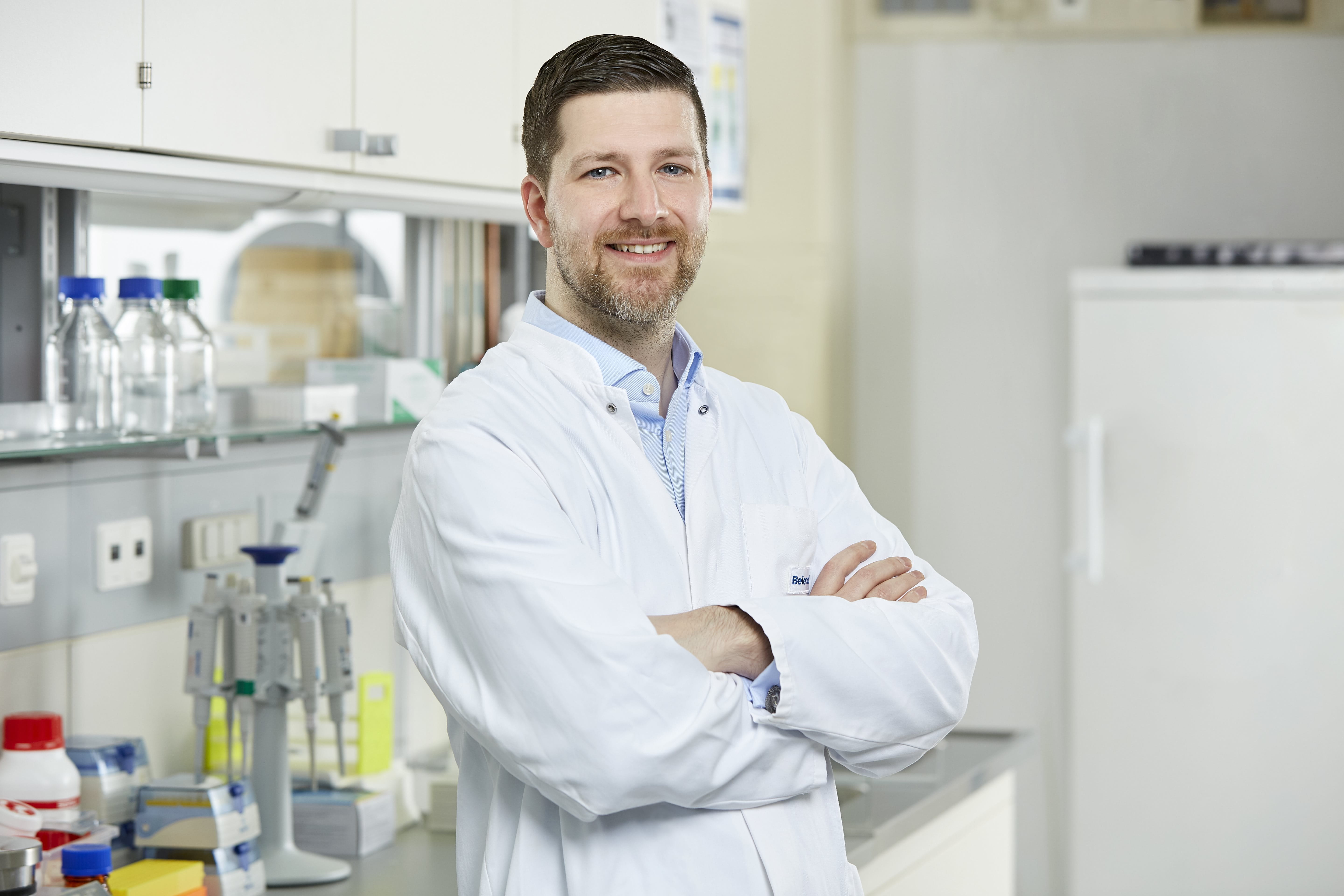Getting hurt is never fun. But things can quickly go from bad to worse if you don’t properly protect the affected area from potential infection.
You know that expression about “rubbing salt in a wound?”
That’s what we’re trying to avoid here!
The solution is simple. You can rely on Elastoplast bandages with Bacteria Shield technology to block 99% of bacteria* from entering, which might otherwise lead to further damage or a painful infection. And nobody’s got time for that.
*Elastoplast bandages protect against dirt and bacteria based on microbial testing



